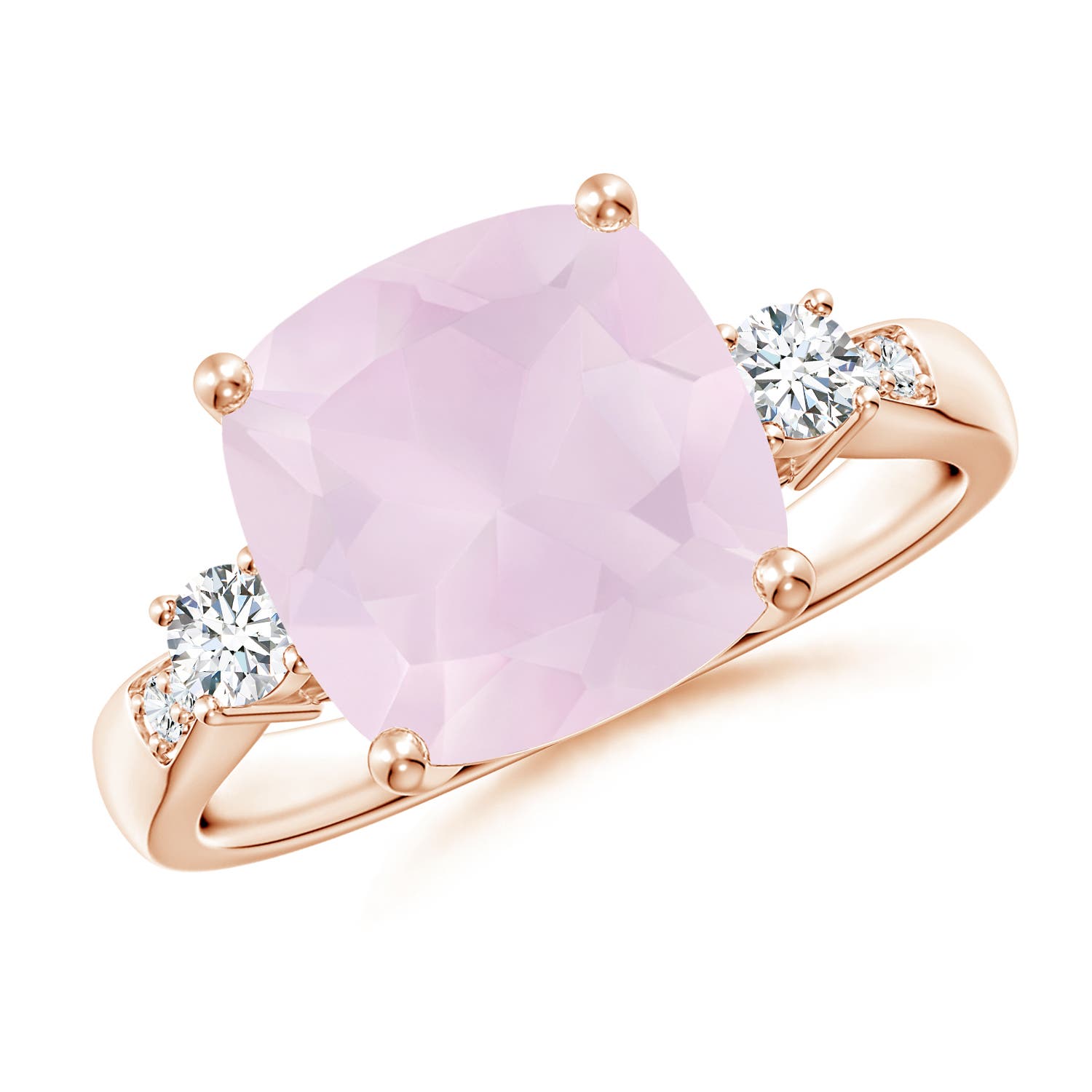One of the most common minerals found today, quartz is a gorgeous substance that’s worn worldwide. It occurs in various forms and colors that produce gemstones like the amethyst and citrine, for example. And while this mineral is remarkable on its own, the presence of gold within its body makes it truly luxurious. But does quartz with gold really exist and if so, why are the two often found together?
Read on to find out the answers to these questions and more.
But before we get into the nitty-gritty, let’s discuss the age-old question, ‘What is quartz?’
As touched upon before, this mineral is one of the most common one out there. It is found in several hues because of the impurities that exist within the same. Interestingly, while quartz may look modern, it has actually existed for several centuries. Ancient Greeks, Romans and Japanese, for instance, have records that talk about mining quartz for various ritualistic purposes. They also used quartz as crystal balls and talismans. They did this because they considered the mineral to be a looking glass for the soul and used it to symbolize the universal blessings of mankind.
What is gold? Gorgeous and precious, gold is one metal that is sought-after all over the globe. Contrary to popular belief, this substance is not a new discovery with several civilizations mining and using it even before 4000 BC.
Angara Says:
Throughout history, this metal has been revered as a sign of wealth, opulence and divine power. In fact, many ancient cultures used it to symbolize a complete understanding of physical development and spirituality and the ability to communicate with ‘all that is.’
Quartz With Gold: Why Are They Found Together?
The Short Answer:
One often sees quartz with gold because they are complementary on a molecular level. Not only that, but the mineral also features an accommodating structure that encourages the formation of gold within.
The Long Answer:
Most substances are originally created deep within the earth’s crust in the form of fluids. When these fluids are heated (because of the planet’s high internal temperature), they travel through the rocks and take ‘dissolved’ gold with them. It’s worth noting here that dissolved gold is basically real gold in liquid form. During this process, the liquid reacts to its environment and eventually materializes in the fissures and cracks of various minerals, like quartz for example.
Similar to gold, quartz is a ‘mineral fluid’ which travels upward and solidifies into its mined form. Due to this, their chemical compositions are quite complementary and are, therefore, often found together.
What’s more, the formation and structure of quartz also work well with the delicate nature of the gold.
‘Why?’ you ask. Well, this is because when the quartz first begins to solidify, substances like pyrite or other sulfide minerals (which reside closer to the Earth’s crust) tend to form within the mineral. However, these substances do not stay in the mineral for long and usually rush out due to bad weather or other natural events. When this happens, it leaves behind voids and tiny porous cracks in the quartz. Later, when the fluid containing gold passes through the mineral, gold particles start to form in its crevices. Over time, this material reaches a more metallic state and eventually becomes the gold that we know and love.
Did You Know?
That the elemental symbol for gold (Au) is derived from the old Latin word for the same – ‘Aurum’ meaning ‘shining dawn’ or ‘glow of sunrise.’
How Can You Tell if Your Quartz Is Real?
Unfortunately, due to the mineral’s fame, one can find several dupes in the market today. These fakes are generally created from materials like glass, resin, plastic, etc. and are expertly styled to look like the real deal. Having said that, there are a few ways to tell a real and a fake apart and mentioned below is a list of the same.
• The Microscope Test
Remember that the majority of quartz present today has flaws. As such, a great way to check out the stone’s authenticity is to place it under a bright light and view it through a 10x jeweler’s loupe. If you notice tiny inclusions within the same, then the stone is probably real.
• Search for Bubbles
As mentioned before, glass is one of the main materials used to create imitation pieces. The resultant gems are typically defined by the small air bubbles trapped in their interiors. To find these, hold your stone under a bright light and view it from different angles with the help of a 10x jeweler’s loupe. If you notice a single or cluster of air bubbles, the stone is most likely fake.
• Ask a Jeweler
At the end of the day, only a jeweler will be able to distinguish between a real and a fake with 100% accuracy. This is simply because they are highly trained to spot the differences between the two and are therefore in a better position to guarantee your stone’s authenticity.
































